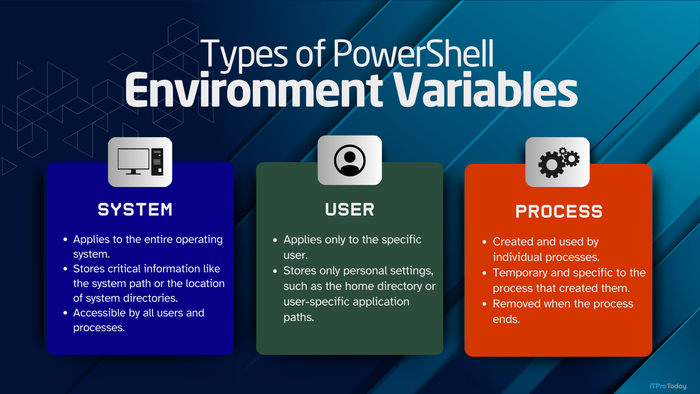Microsoft's Top 10 Business Practices for Sustainability update from August 2012Microsoft's Top 10 Business Practices for Sustainability update from August 2012
Microsoft Global Foundation Services, the business unit that runs the company's data centers, today published an updated list of its Top 10 Business Practices for Environmentally Sustainable Data Centers.
August 9, 2012

msft-sustainability-servers
This chart from Microsoft illustrates the results of its research on server load and power efficiency, which is part of its focus on sustainable business practices.
Sustainability isn't entirely about design. It's impacted by how you run your business and your data center. Microsoft Global Foundation Services, the business unit that runs the company's data centers, today published an updated list of its Top 10 Business Practices for Environmentally Sustainable Data Centers. The strategies were discussed in a blog post by Dileep Bhandarkar, a Distinguished Engineer at Microsoft, and are also available in a PDF.
"Companies can make major gains by providing incentives to your team to reduce energy consumption and drive greater efficiencies across the entire data center and employing a wide range of practices that can collectively add up to significant gains," writes Bandarkhar. "Microsoft has been using these practices for several years now and has found that in addition to helping to improve environmental sustainability, they make best use of our resources and help us stay tightly aligned with our core strategies and business goals."
As we reported last year, Microsoft has implemented detailed tracking of the cost of IT operations for its more than 200 online services. Using data collected from the company’s data centers and cloud platforms, Microsoft has restructured its cloud infrastructure accounting system to provide each of its internal cloud services’ business units with granular data about the cost of their IT operations. This provides Microsoft product teams with a detailed analysis of the cost and performance of their cloud applications in different production environments – including third-party data centers, in-house data centers, and the company’s Azure cloud computing platform.
This effort has clearly prompted many Microsoft business units to migrate their applications from less efficient facilities to Azure, a trend that is clearly seen in the huge growth of the Microsoft Azure Storage Cloud, which has quadrupled in size over the past year and just reached 4 trillion objects stored. Microsoft recently announced that it will begin implementing an internal carbon charge on its business units as part of its push to become carbon neutral during fiscal 2013. The internal carbon fee, administered through Microsoft's corporate finance department, applies to all corporate operations. But the effort has particular relevance for data center operations, which tuypically make up a sizable chunk of carbon emissions.
For more information, read the full report, a Top 10 Business Practices for Environmentally Sustainable Data Centers.
About the Author
You May Also Like






.jpg?width=700&auto=webp&quality=80&disable=upscale)
